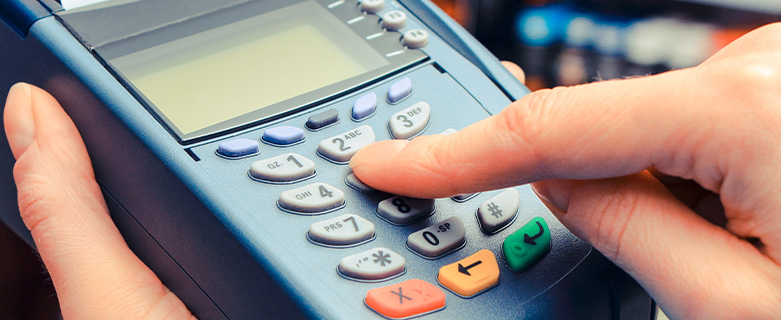
Terminal ID Number and Payments
By Chris Alarie on Jun 28, 2023
The payments industry involves a number of different technical terms and identification numbers. It can be difficult to keep them all straight. This article will explain what a terminal identification number (TID) is and what significance it holds for merchants.
What Is a Terminal ID?
A terminal ID number is an eight-digit number assigned to each point-of-sale (POS) terminal. It allows banks and payment providers to identify details of any particular POS terminal. For merchants that have multiple terminals, they would have unique TIDs for each terminal. TIDs are assigned for any kind of payment terminal and card transaction, including contactless payments and card-not-present (CNP) transactions.
What Purpose Do TIDs Serve?
Terminal IDs identify the equipment used to process transactions. This can be useful for banks and payments processors when making determinations for refund and chargeback purposes, particularly if different terminals are used for different kinds of transactions. Similarly, the utility of TIDs for merchants mostly applies to circumstances in which the details of a payment dispute are informed by the merchant using different terminals to process different kinds of transactions.
Where Can I Find My Terminal ID Number?
Terminal ID numbers appear on any transaction or settlement receipt. If the transaction is processed through the Verifone network, it is indicated with the label “TSP”. For Paymark transactions, it is identified by the word “TERMINAL”. Other possible identifying terms include “TID” and “TIF”. Terminal ID numbers usually appear near the merchant ID (MID) number on the receipt.
Do Terminal IDs Relate to Chargebacks?
TIDs have a marginal connection to chargebacks. If a merchant uses multiple terminals to process transactions and dedicates certain terminals for certain kinds of transactions, the terminal ID could be useful. For example, if the merchant has a physical location and an online store with one terminal for the card-present (CP) transactions and another for the online, CNP transactions, the TID can be useful in locating information relating to a payment dispute and potential representment.

